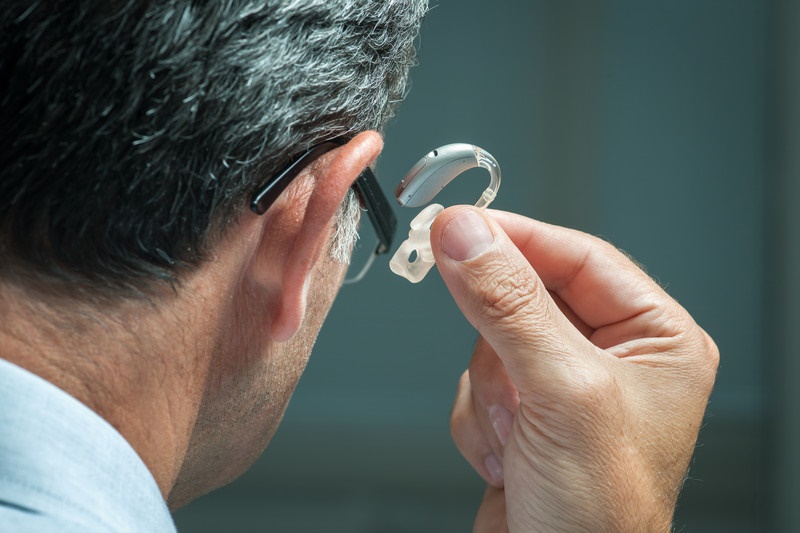
When should I upgrade my hearing aids?
This is a frequent question we hear from our patients, and the answer demands some thought. While hearing aids ordinarily have a life-span of 3-7 years, there are several scenarios in which you may desire to upgrade sooner.
Here are 4 reasons you may want to consider a hearing aid upgrade.
1. Your hearing aids are no longer working well
If your hearing aids are not performing as effectively as they once did, the first thing to look into is cleaning or repair.
Hearing aids are exposed to earwax, humidity, and other particles, so your hearing aids may merely require a cleaning. In other cases, the electronics within the hearing aids need repair, but otherwise the hearing aids remain effective.
If your hearing aids are damaged beyond repair, on the other hand, or if they are beyond their regular life-span, you might want to upgrade to a new pair.
2. Your hearing needs are not being fulfilled
Let’s say you land a new job that necessitates a lot of speaking on the phone, which has regularly been a problem for you with your present hearing aids. You hear about a new kind of hearing aid that can stream calls wirelessly from your iPhone directly to your hearing aids, giving you clear sound that you can freely adjust. In this scenario, you may want to upgrade your hearing aids to satisfy your new hearing requirements.
It’s a smart idea to make a list of all the scenarios in which your existing hearing aids are not operating to your liking. Then, by speaking with a hearing specialist, you can discover the hearing aids that can better meet your requirements.
3. Your hearing has changed
Hearing can and does change through the years, and it’s possible that your present hearing aids, while initially sufficient, are now incapable of handling your hearing loss. If this is the situation, you will require a new hearing test and a new pair of hearing aids programmed to match your hearing loss.
4. You want to take advantage of the latest technology
Hearing aid technology is evolving rapidly; just 10 years ago it would have seemed like science-fiction to expect that you could stream music wirelessly from your iPod to your hearing aids. Every year, amazing new functionality is added to new hearing aid models, and you may find that you’d like to take advantage of the new technology.
For example, maybe you just bought a new Apple Watch and you learned that a few of the new hearing aid models are compatible. If you wish to control your hearing aids with the watch, you would need to upgrade to a appropriate model.
The decision to upgrade your hearing aids in the end comes down to answering two questions:
- Are my current hearing aids fulfilling all of my listening needs?
- Is there new technology or functionality that I would like to benefit from?
Hearing aid technology is advancing rapidly, and most of our patients are surprised to find out what the new hearing aid models are capable of. And the fact is, you can’t really answer the second question without knowing what’s available.
If you would like to know what some of your options are, give us a call today and we’ll explain to you all the available technology and how it could make your life better and easier. You might be surprised at what you discover.

